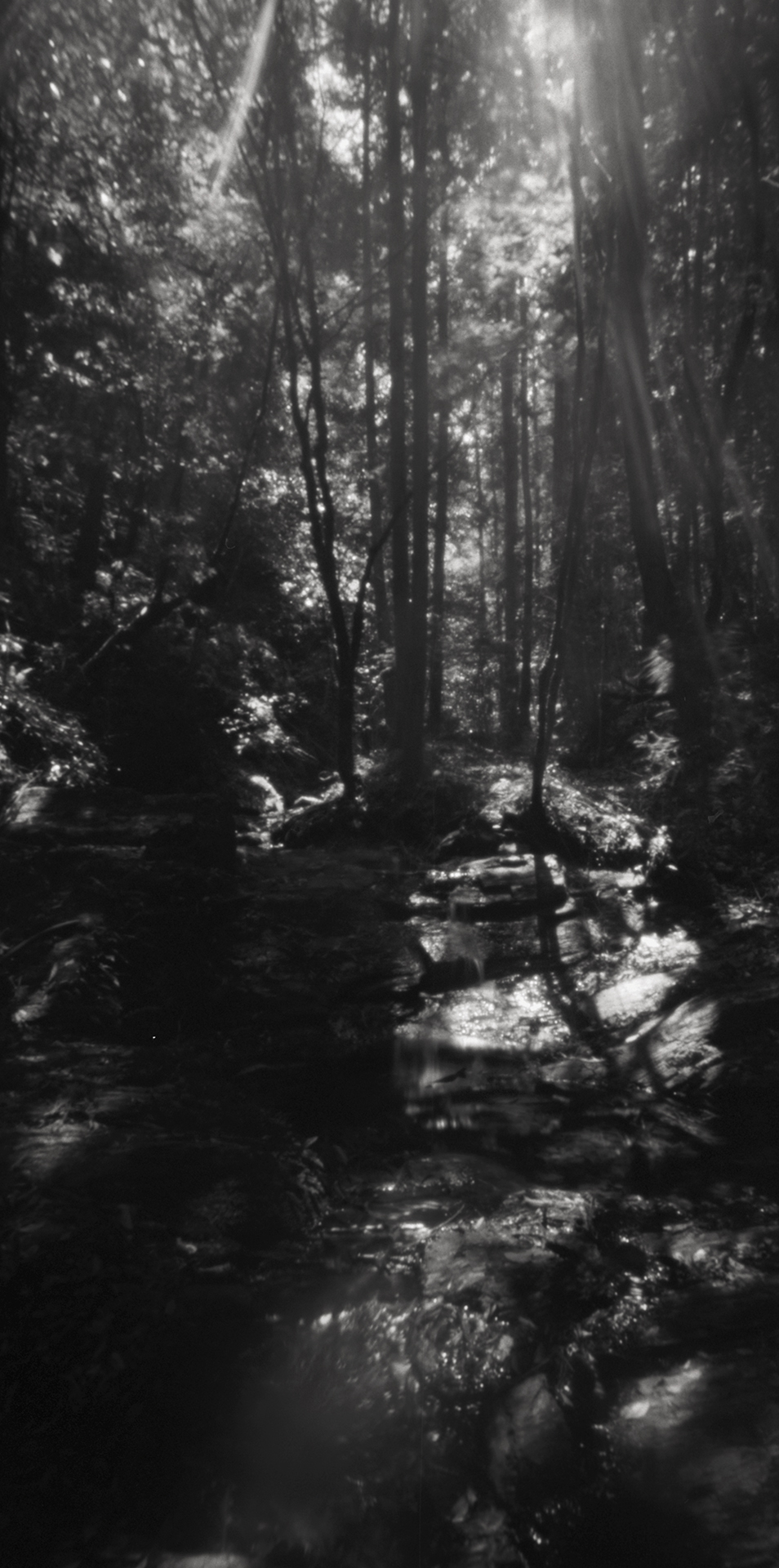
Henro (pelgrims) have been walking clockwise around Shikoku for over 1000 years, following in the footsteps of the great Buddhist saint Kobo Daishi (774-835). Kobo Daishi achieved enlightenment on Shikoku, the island of his birth, and by following in his path, a millennium of pilgrims have hoped to do the same.

I was inspired to walk parts of the pilgrimage by the book of Takamure Itsue, a young Japanese girl that walked the whole pelgrimage in 1918. I often thought of her as I climbed the steep and often slippery hills on my mountain booth, while she had walked there on bare feet or at best on handwoven straw sandals, that only lasted for 2 or 3 days.







During the feudal clan period, the Shimazu clan ordered islands people to manufacture shingles (hiragi), which were then collected as tax. This trail was then used to carry out these shingles.The trail has maintained its original form from when it was built some 300-400 years ago.















Henro (pelgrims) have been walking clockwise around Shikoku for over 1000 years, following in the footsteps of the great Buddhist saint Kobo Daishi (774-835). Kobo Daishi achieved enlightenment on Shikoku, the island of his birth, and by following in his path, a millennium of pilgrims have hoped to do the same.
I was inspired to walk parts of the pilgrimage by the book of Takamure Itsue, a young Japanese girl that walked the whole pelgrimage in 1918. I often thought of her as I climbed the steep and often slippery hills on my mountain booth, while she had walked there on bare feet or at best on handwoven straw sandals, that only lasted for 2 or 3 days.
During the feudal clan period, the Shimazu clan ordered islands people to manufacture shingles (hiragi), which were then collected as tax. This trail was then used to carry out these shingles.The trail has maintained its original form from when it was built some 300-400 years ago.